The student will be creatively challenged to make 5 short films in the program, build their professional portfolio and filmmaker brand so that they can graduate with real world skills and preparation for the workplace. This means you will also have the opportunity to screen your final film in a professional screening room for a prestigious panel of top industry judges. The judges will consider the short films for various awards in different categories but also for the opportunity to turn the best short projects into feature film. Therefore, getting in front of the right people with your vision is a guarantee.
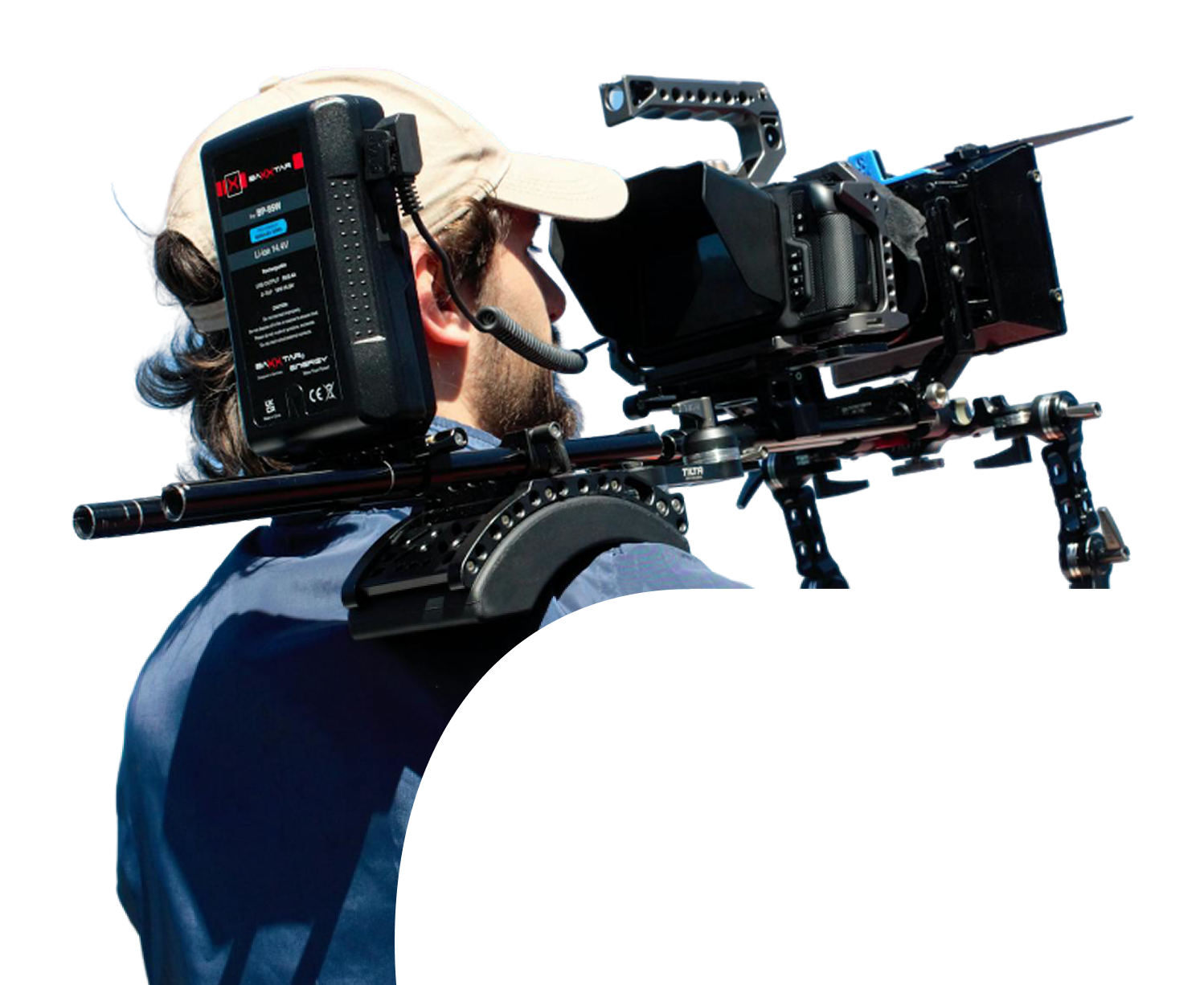
The best films have an opportunity for global distribution with WeShort Film Distribution. Weshort is the Netflix of short film.
![]()
To succeed in the film business requires tremendous creative skill and talent but also simultaneous business, marketing, public relations and sales knowledge. Therefore, you will take the “Art of the Film Business” course simultaneously with the creative development and cinematic exercises in this course.
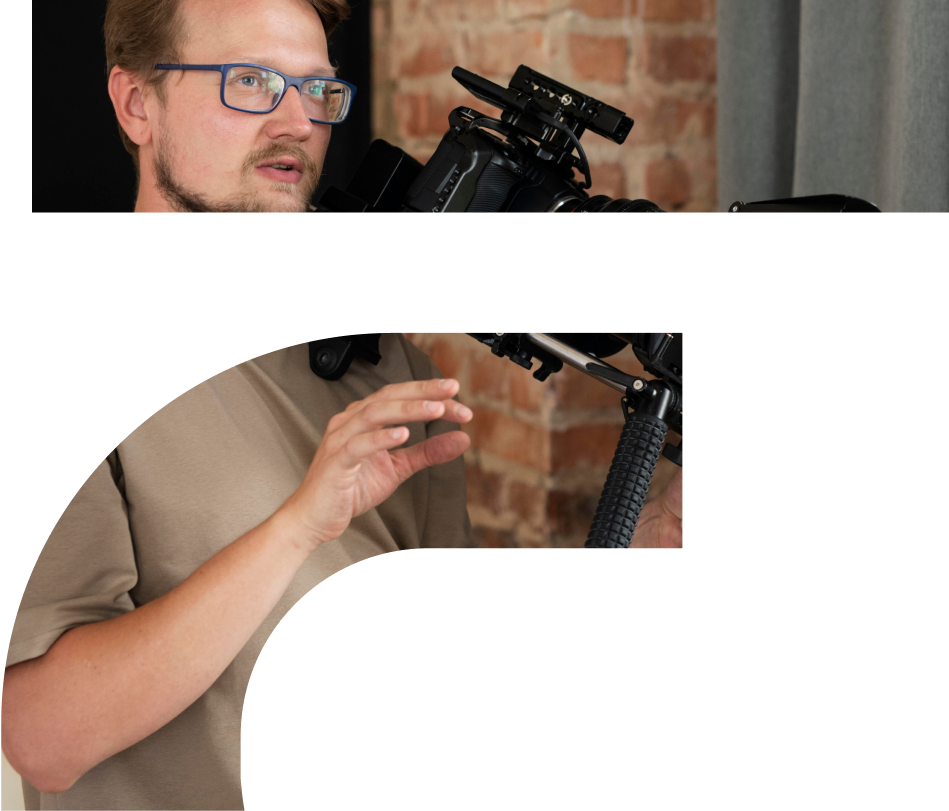
Daniel Lir
the arrangement of the parts in a frame. Exercise: Explore the same location or object through creative composition. Purpose: To develop your own unique way of looking at the world.
Using the Arri Viewfinder App, the student will familiarize themselves with and demonstrate all standard lenses: 17mm, 24mm, 28mm, 35mm, 50mm, 85mm, 135mm, 200mm Exercise: Photograph the same person, object or location using all lenses Purpose: To develop confidence in using lenses to realize your director vision.
We will explore the 4 main lighting patterns for lighting a subject as well as discuss and demonstrate soft light, hard light, the use of colored gels and diffusion techniques. Exercise: Shoot a model using the 4 main lighting patterns. Photos by Student Dillon Leavitt Purpose: to understand lighting as a key storytelling tool and appreciate light as an emotional and thematic expression of your story.
Alfred Hitchcock
Character
Conflict
Transformation
Theme
Suspense
Twists
Resolution
Rising Action
Inciting Incident
The concept of the film, story, style, characters and themes are up to the student but the film must explore your own unique way of looking at the world and make use of the film language of Close Up, ECU, Wide Shot, Medium Shot.
Example Films: “Feel it” by Dillon Leavitt and “No Photos Please” by Henry Galliett
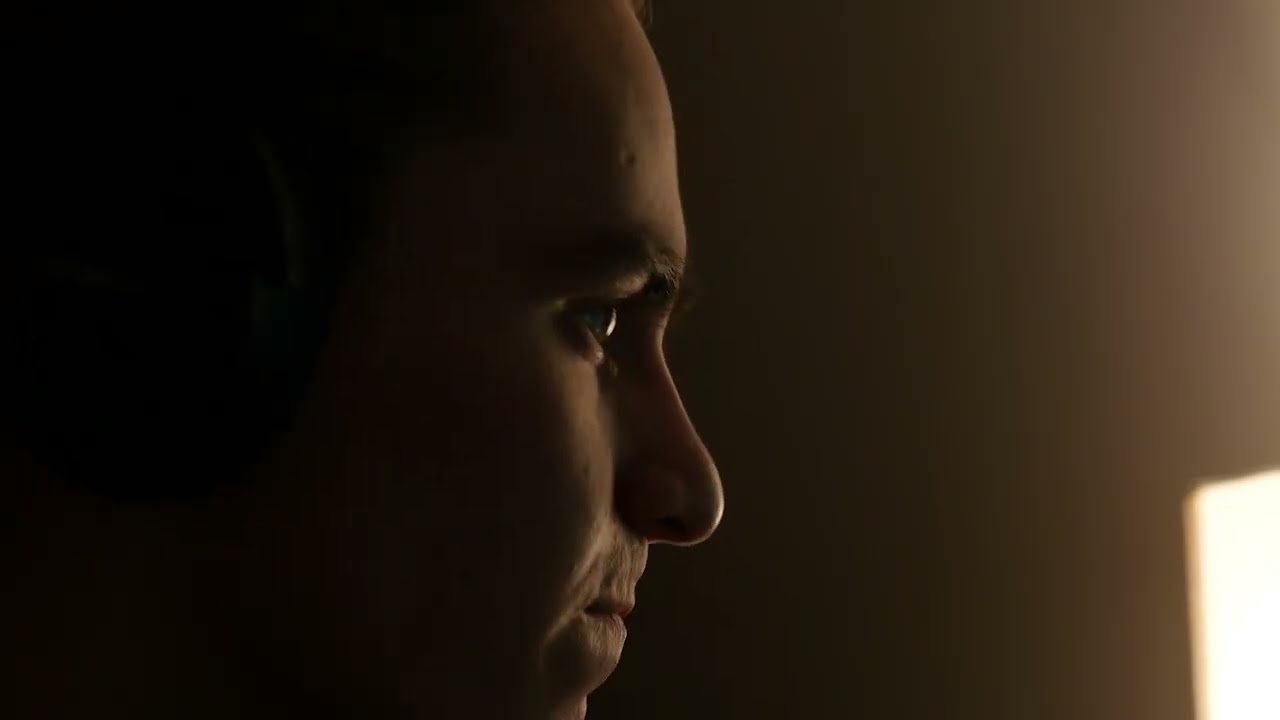
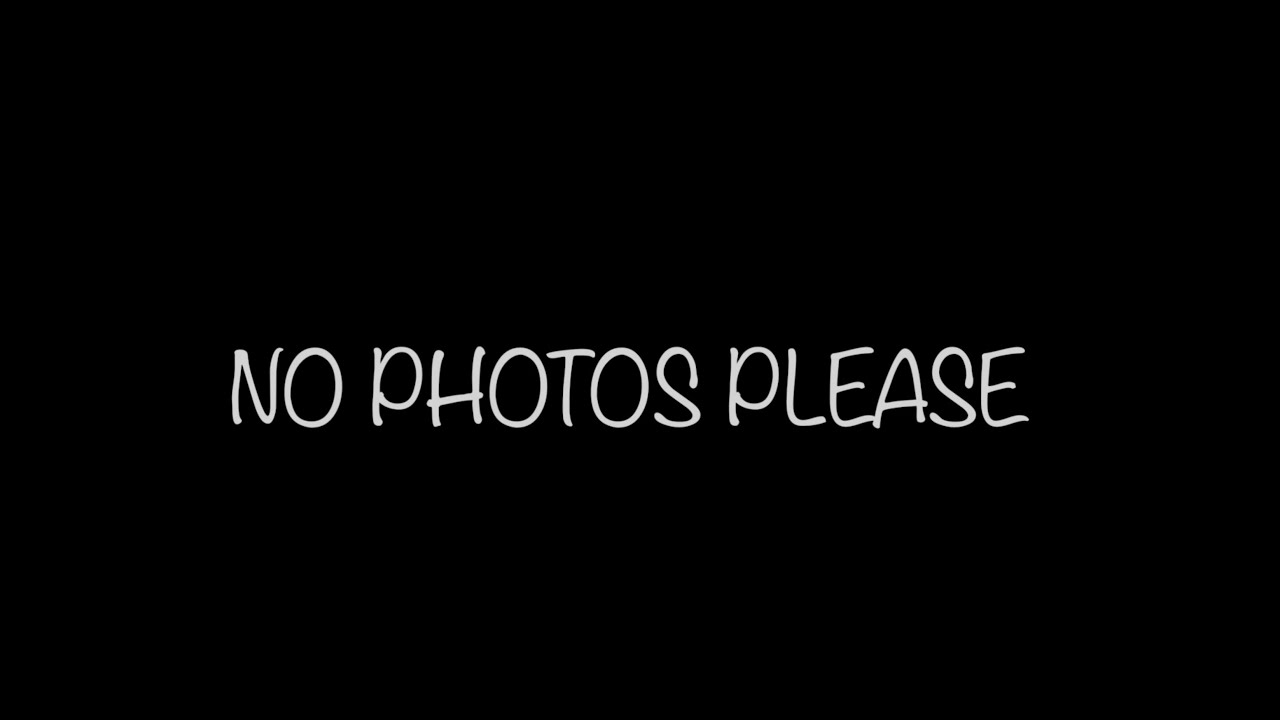
You are free to make any film you like but it must feature the use of a particular color or color palette. Color and its mental and emotional associations will be discussed beforehand in a workshop.
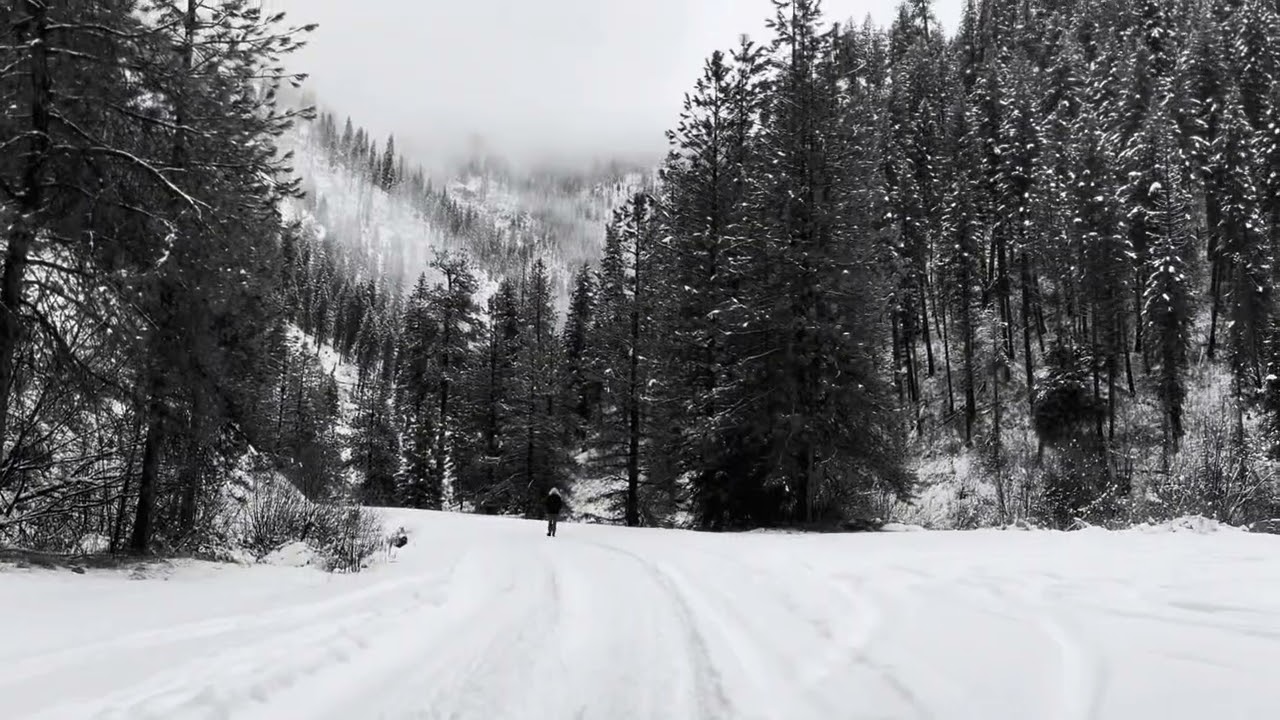
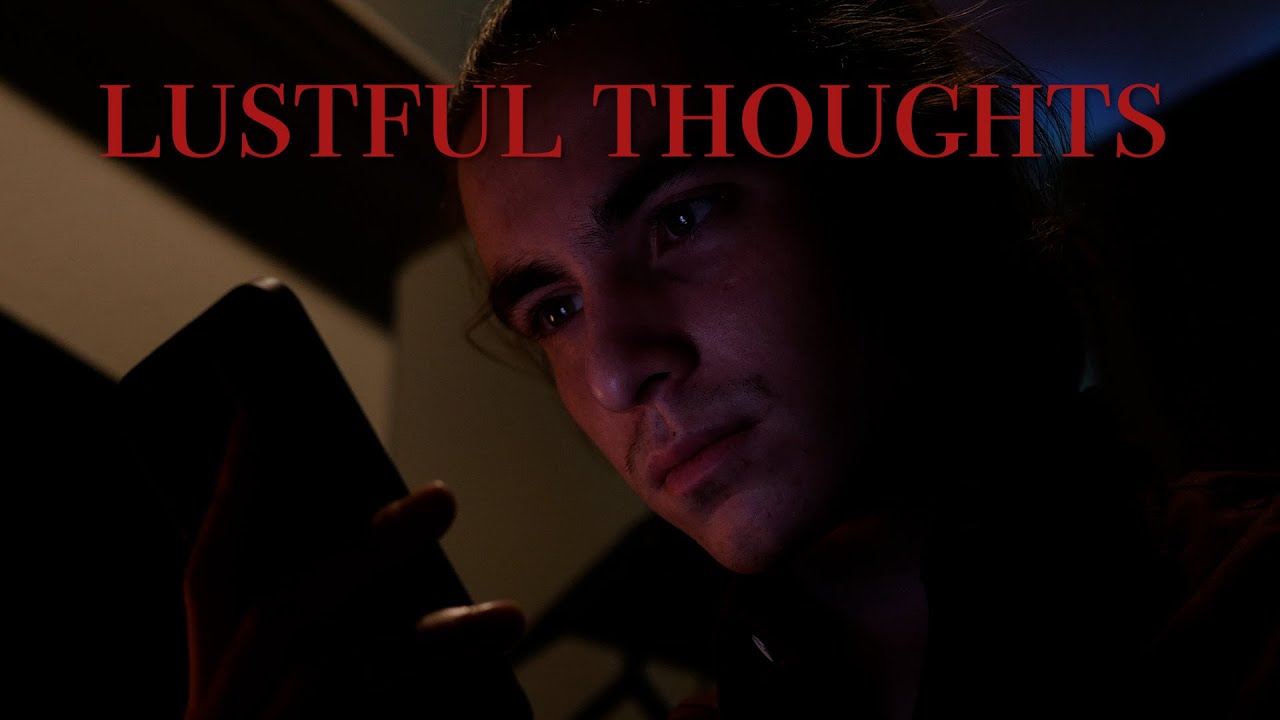
The only requirement of this short film exercise is that you explore ways of using camera movement to help describe your character, the world of the film as well as build suspense and cinematic energy.
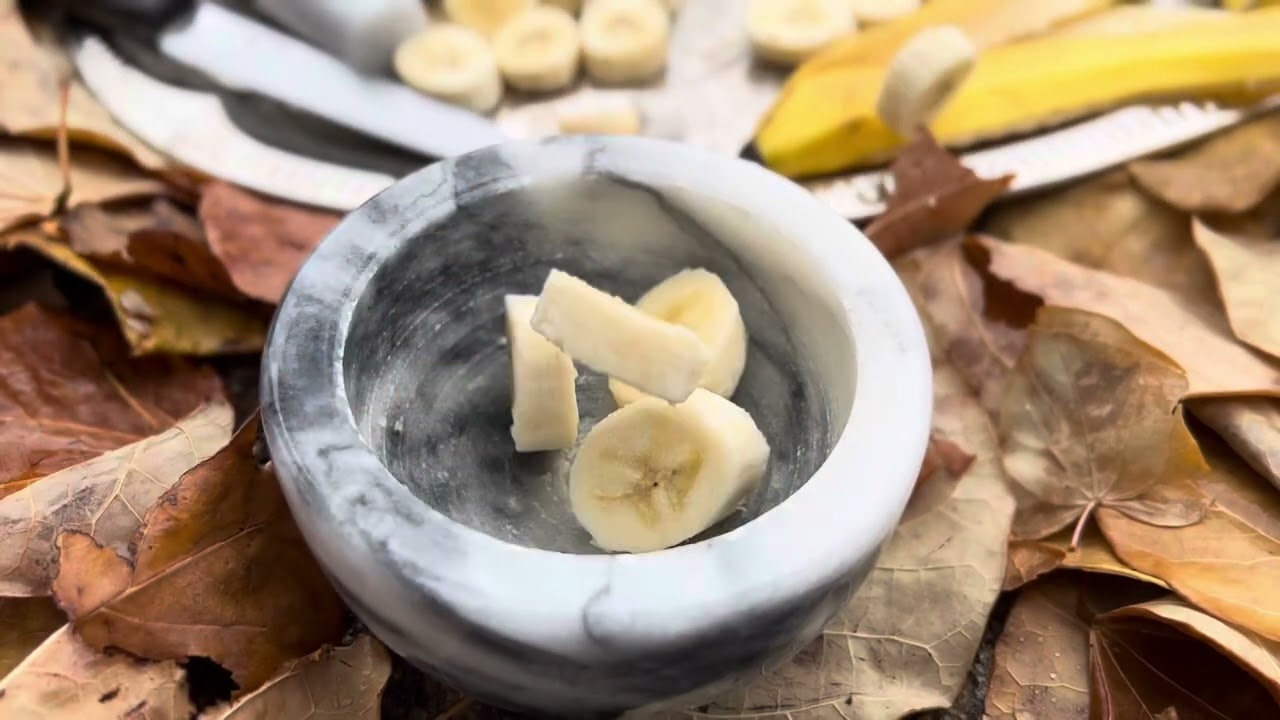
Make a film that explores the four lighting patterns we learned in the lighting lesson.
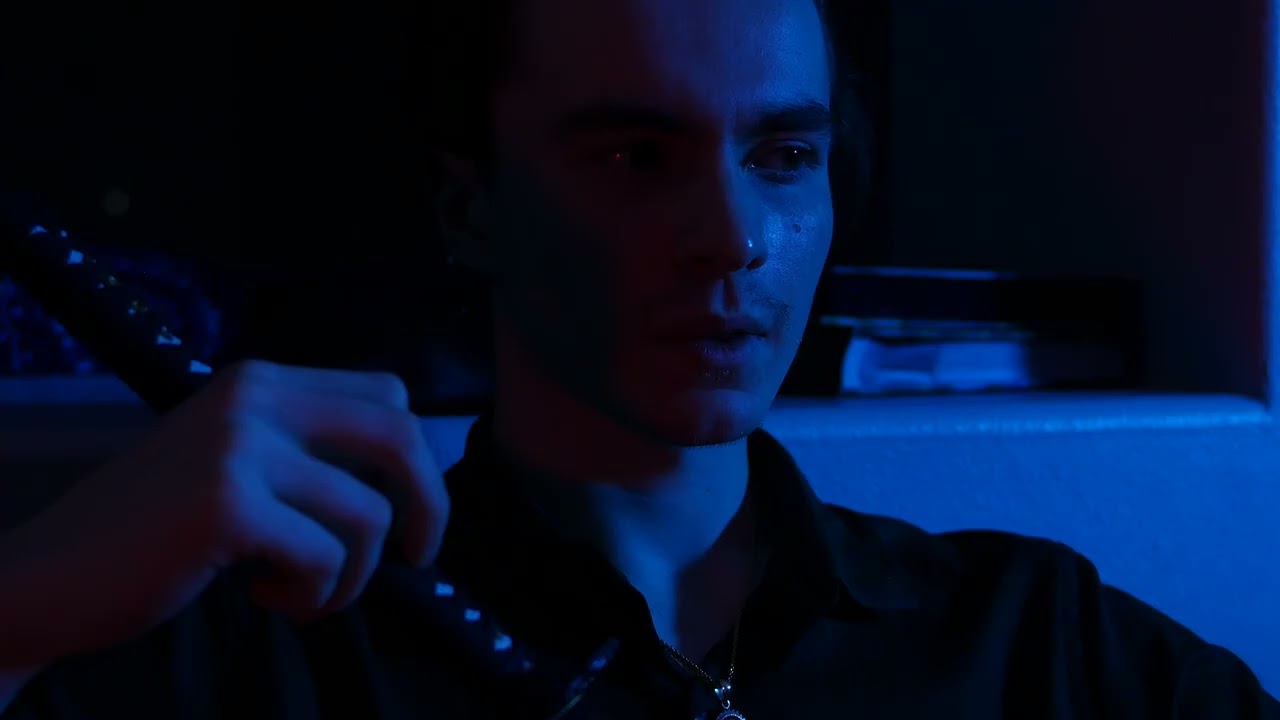
Make a film that takes into consideration the development of every cinematic department: Hair, Make up, Wardrobe, Lighting, Cinematography, Props, Casting and Performance.
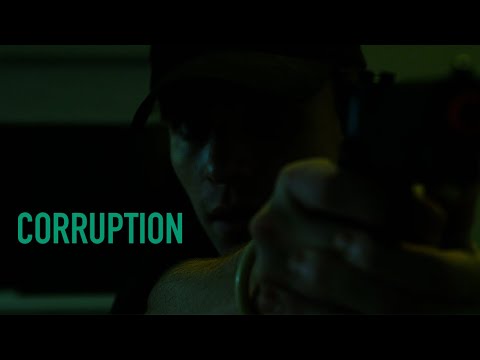
For your final film, you will prepare a marketing, promotion and distribution plan that will encompass the following:
Yes, absolutely! The films created throughout the course can be in any genre that aligns with the student’s personal interests and career aspirations, whether it’s fiction, music videos, documentaries, or even ads. This flexibility allows students to experiment with different types of filmmaking and explore various creative avenues. Each of these four films is intentionally designed to be a step-by-step approach to the ultimate fifth film the student will create in the program. Through the hands-on assignments, students will gradually refine their skills, preparing them for larger, more complex projects.
The course is structured to be completed in 10 weeks, with each week providing a focused lesson and assignment, including the creation of five short films. The student is expected to devote 15-20 hours each week to the course. During this time, students will gain practical experience in all stages of filmmaking—from the development of a director’s treatment to shooting and editing the final project. The pace is intense but manageable, offering a lot of valuable learning within a short timeframe.
Each of the five films builds the student’s knowledge and ability to make films. The foundation of composition, storytelling, lighting, camera movement, and color theory, along with the practical aspects of film production will give them the knowledge they need to launch them towards being a working director. The 5th film will really be their calling card if they do it correctly and really put in adequate effort.
The nuts and bolts of the course include:
The final result is a well-rounded filmmaker with hands-on experience in all aspects of filmmaking. A filmmaker who knows how to communicate their ideas, network, manage a team, make deadlines, understand marketing and the “business” of the film business which is ultimately how they will make their dream come true.
Yes, part of the course includes guidance on film festival submissions. We will guide them in creating their own marketing materials like posters, trailers, and press kits. This ensures that students are not only creating their films but are also positioning them to get noticed by industry professionals, festival programmers, and potential collaborators. The students need to know submitting to festivals costs money. The 5th film is the one they will focus festival distribution efforts on and we will help them to select the right festival for their film.
Our 10-week course offers several advantages over traditional film schools: Its real-world relevant experience taught by pros at a fraction of the cost of film school.
Our course addresses several key gaps that many traditional film schools don’t cover: most importantly we give them what they want-directing, producing, writing, hands on experience from people they can trust.
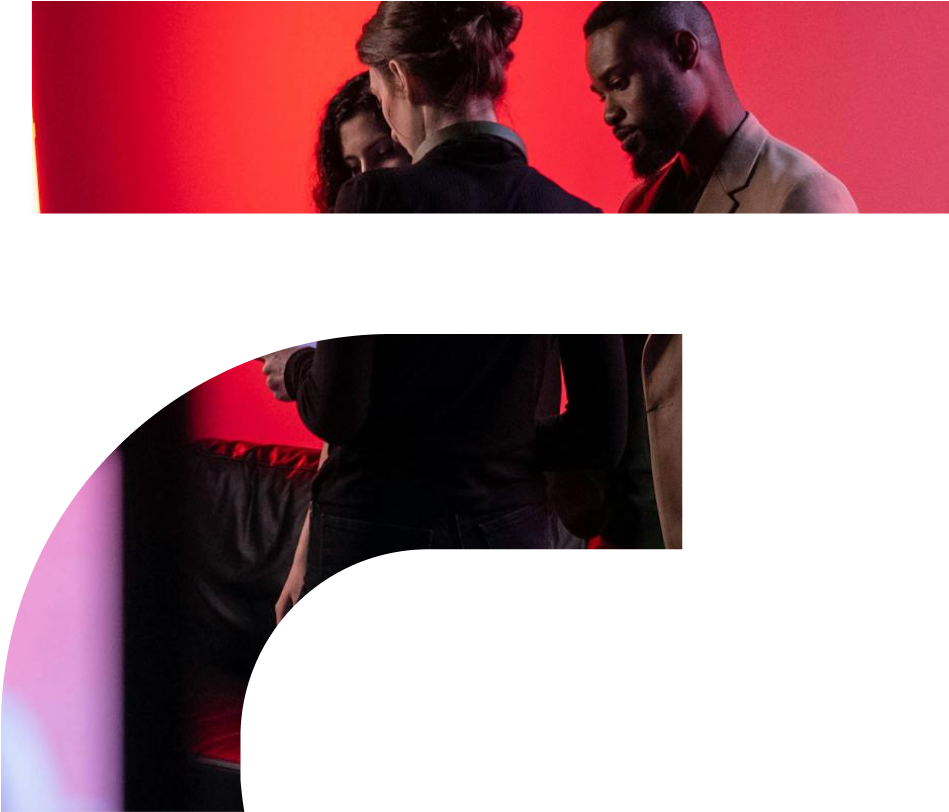
The 10-week Ultimate Filmmaking Course offers students the chance to create five films, build a professional portfolio, and develop the skills needed to succeed in the film industry. By combining theory lessons, filmmaking practice, and film festival strategy, this course provides students with an opportunity to grow both artistically and professionally. With direct mentorship from award-winning filmmakers and a focus on the business side of filmmaking, students graduate with the practical experience and competitive edge necessary to make an impact in the industry.
On Monday we will deliver a lesson on composition with the student’s composition assignment due Wednesday. Thursday we will deliver a lecture on storytelling through lenses. Using the Arri App, the students will execute the assignment on lenses and present it on Monday for group discussion.
Tuesday will be the delivery of the Lighting theory and demo where students will also get an opportunity to practice creating the lighting patterns. The assignment demonstrating lighting will be due Friday.
Monday will be an extensive lesson on Story. Following the lesson, the first film assignment will be given. Thursday morning at the latest, the Director’s treatment is due. The students then have Friday, Saturday, Sunday and part of Monday to shoot and edit their work for Monday afternoon group screening and discussion.
The Director’s Treatment must include the following:
Lighting references. How do you intend to use light in your cinematic expression? Demonstrate with photographs/visuals.
On Tuesday, the color theory lecture will be delivered and the color film assignment will be given. The Director’s treatment will be due Thursday where it will be discussed. Students then have Thursday, Friday, Saturday, Sunday and part of Monday to shoot and edit their second film for Monday afternoon group screening and discussion.
On Tuesday, the camera movement lecture will be delivered and the 3rd film assignment will be given. The Director’s treatment will be due Thursday morning where it will be discussed. Students then have Thursday, Friday, Saturday, Sunday and part of Monday to shoot and edit their work for Monday afternoon group screening and discussion.
On Tuesday, the lighting lecture will be delivered and the 4th film assignment will be given. The Director’s treatment will be due Thursday morning where it will be discussed. Students then have Thursday, Friday, Saturday, Sunday and part of Monday to shoot and edit their work for Monday afternoon group screening and discussion.
Here we begin work on the student’s final film. The final film will focus on how to make a cinematic story that takes into consideration the creative development of every cinematic department: Hair, Make up, Wardrobe, Lighting, Cinematography, Props, Casting and Performance. On Tuesday, part 1 of the theory for the final film from a production perspective will be presented and on Thursday of Week 7 we will do part 2 of the lecture on production theory.
On Monday the Director’s treatment will be presented for the final film and discussed. On Tuesday, the lecture on marketing, promotion and press will be delivered. By Thursday the screenplay is due.
Students will have their revised scripts by Tuesday with production starting soon after.
The final (5th) film will be due on Friday of Week 10 along with their marketing strategy and key art (poster, trailer).
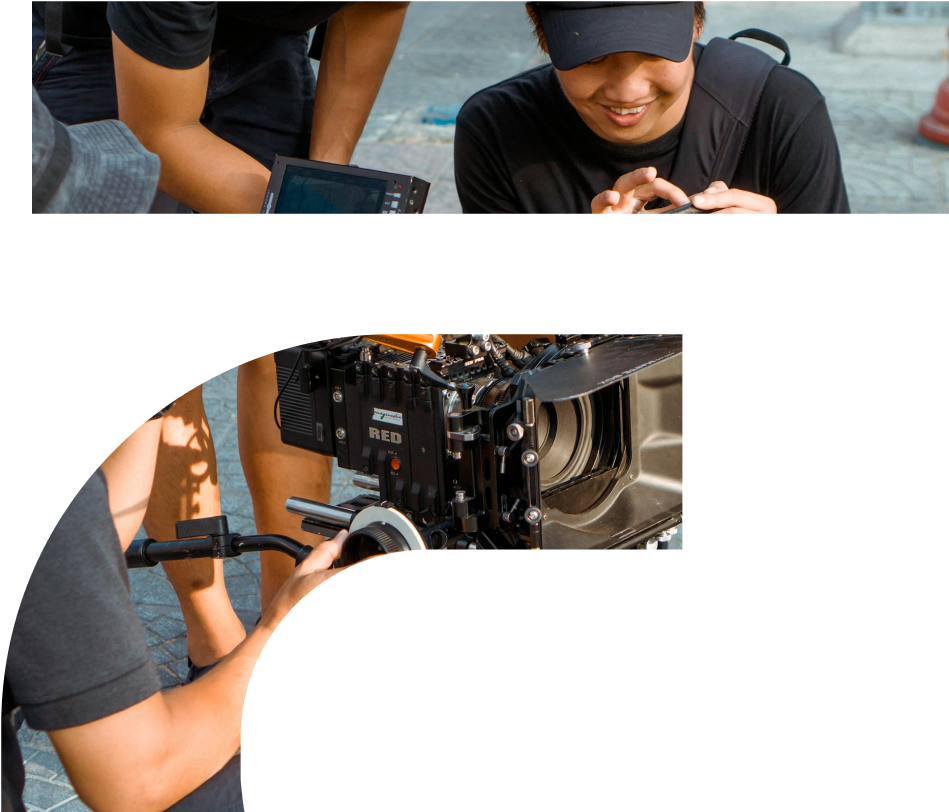
Fill out the form to contact admissions and learn about your opportunities.
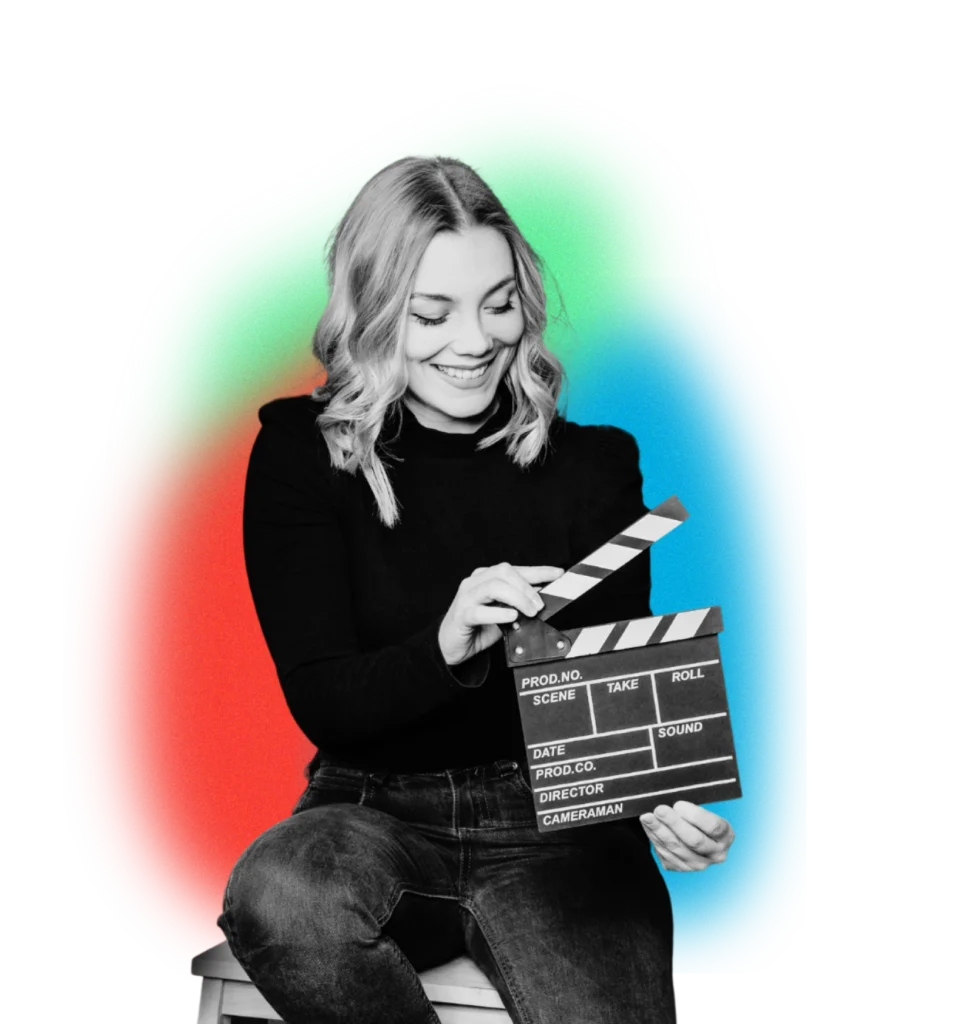
"*" indicates required fields
*Not all programs are available in every state. Consult an Admissions Representative to learn more.





Film Connection © 2025 | All Rights Reserved | Built with 💙 by DesignTork